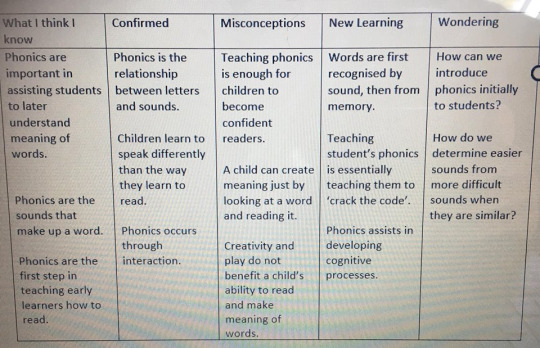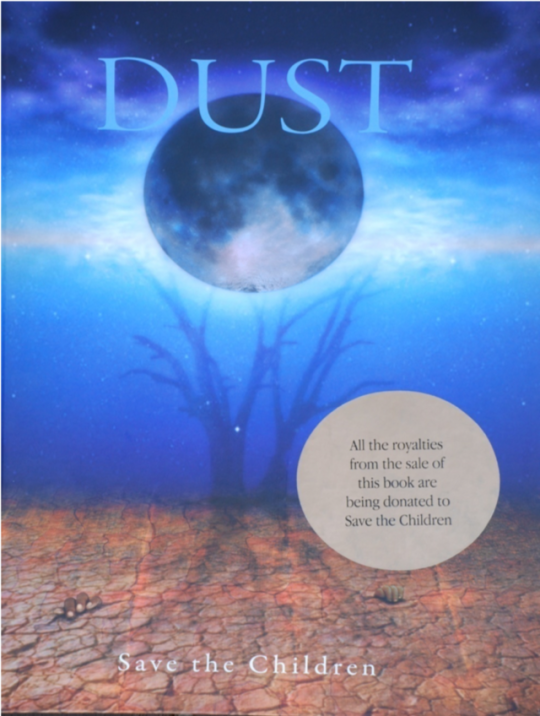A blog full of personal reflections that aims to shape my own pedagogy in relation to multi literacies
Don't wanna be here? Send us removal request.
Photo
These images from a picture book are ones that I found particularly interesting when searching TUMBLR. Recently, I have encountered and based my assignment 2 around the story book ‘The Journey’. These images have similar features to the ones in the ‘Journey’, in particular the use of black and white colours to evoke emotion, darkness and fear. Images such as these have so much potential for literacy particularly in middle years students. They are open to interpretation, which enables students to enhance their learning through exploration.



These are my submissions for the SCBWI’s Narrative Art Award. The prompt was to unfold a “mystery” across 3 illustrations. They were to follow the order of Dilemma, Conflict, Resolution. I chose the B+W middle grade route.
Haven’t done much work for this audience in mind in a while, so it was interesting to get back into that headspace. Hope you enjoy!
314 notes
·
View notes
Link

Prompt 7 2018
I would like you all to have a look at the fantastic teacher materials on this website.
For this weeks reflection, I would like you to browse the many grade 5 and 6 videos and materials available. CLICK into Resources, check the grade 5 and 6 boxes as well as the ENGLISH box.
You may or may not be able to match these resources to your particular AT2 book, either way, it is worthwhile knowing that the ABC always provide teachers with classroom worthy materials.
Your task is to critique one of the 5 / 6 English resources and critique it as if you are reporting back to fellow teachers in a planning meeting or a staff meeting. This may be a video or audio record, handwritten notes, formal notes, a mind-map or a similar cognitive organiser - be creative and we will be looking forward to hearing what you have to say!
good luck
The ECL310 team
199 notes
·
View notes
Link

PROMPT 6 2018
THE PHONICS DEBATE
The link above contains a video recording of a phonics debate provided here through the Australian College of Educators.
Your task is to watch and listen to some of this recorded debate.
You begin by forwarding the video to the 20-minute mark. Beginning around the twenty-minute mark you will see one speaker for the teaching of phonics, followed by a speaker who questions the positioning of phonics in the teaching of reading. The two speakers run from the twenty-minute mark until the 37 and a half minute mark.
Watch both speakers and take notes. After watching from the 20.00 to the 37.30 minutes mark, and having taken your notes, we ask you to complete a RAN chart to help organize your thinking. It is probably easier of you make your own RAN chart.
You may well be asked about Phonics at a job interview so it is worth starting to know more about this topic, now!

219 notes
·
View notes
Photo
To effectively prompt students to analyse and infer details from the front cover of the story ‘DUST’ I would ‘front-load’ by showing students both the front of the story book and the back of the story book. This would encourage them to make further inferences and predictions. I would present these questions through a series of slides, and would include potential answers on the next slide that they may not have covered or inferred to further enhance their thinking and knowledge. I would include colour and bold text to further engage the students The questions I would ask are;
1. What do you believe that the stories main focus will be? 2. What may the colour tones of the front cover tell us about the story? 3. What might the images on the front cover represent? 4. Why might there be hands peeping out from the ground? 5. Do you think that this story will end happily?



PROMPT 5 ECL310 2018
I hope that you have enjoyed placement and are back on board ready to work through until the end of the trimester.
In seminars this week we have looked at Before Reading, Frontloading, and Predicting. In the week 6 seminar Powerpoint, there are excellent activities based around Way Home by Libby Hathorn. I would encourage you to read the prediction and questioning strategies demonstrated in those slides, to help you to come up with 5 questions that you would ask grade 6 children, directly addressing the front cover of DUST. You can use ideas that were explored in the week 6 seminar.
Your challenge is to present these five questions in a multi-modal format, we encourage you to be creative here, how can you ask these questions in an engaging manner?
Good Luck
#inference
187 notes
·
View notes
Photo

Placement Reflection
Throughout my 2nd mid-year professional experience opportunity, I worked with a group of 17 foundation students. This enabled me to observe many literacy sessions, including reading and writing. I enjoyed the opportunity I was given to assess students reading with the use of Running Records. Assessing students is an area in which I was completely unfamiliar and uncomfortable with at the beginning of placement, but now I have practised assessing students in reading which has opened my eyes to the diverse abilities of all students.
Although each literacy session was run in different literacy groups, which allowed the teacher to differentiate tasks, this was not the case in writing. The whole class would always complete the same writing tasks, which was difficult as two students were unable to hold a pencil properly so often did not actively participate in writing tasks. There was also a group of high students, who would finish writing tasks within 10 minutes of the lesson. This also meant that they were not actively participating throughout the lesson, as they were finished early most of the time and had no ‘going further’ tasks.
One writing portfolio piece that all of the students completed was based on the story ‘The Day the Crayons Quit’. The whole class read the story together and students selected a crayon to focus on. They wrote about how the crayon was feeling in the story and why they were feeling that way. Although this took many lessons to complete, the students completed a rough copy followed by a good copy that really highlighted their writing and handwriting skills. Below is an example of one of the students’ posters. Note * Lynn is an example name used
0 notes
Photo

These are a few posters that I found on Pinterest that are similar to ones that I have seen in classrooms that I have previously completed placement in. Last year the grade 4 class that I had the privilege of teaching referred to ‘writers workshop’ as an instructional model for their writing. These posters reminded me of ‘writers workshop’ as there are specific stages or processes to complete before moving onto the next stage EG. plan, draft, revise ... These posters are important reminders for students to achieve the best work that they can, and would be useful around the classroom for students to refer to anytime during their writing.
source: https://www.pinterest.com.au/pin/AenUzdqnkJ_B0FLr-U9HrlwiiBn5kgRLb-sh25gV7fd78KHgKFipv40/
0 notes
Photo

My year 4 teacher was one that I aspire to be like. She knew all of her students, and found ways to engage all of us in learning. She decided to read to us ‘Matilda’, a Roald Dahl classic. The entire class loved this book as it was not only humorous but intriguing. We would read a few chapters each afternoon, just enough. I was not a huge fan of books, but after hearing Matilda I bought my own copy and read it another 3 times. After completing the book as a class we then watched the movie, which allowed me to make comparisons. Since this time I have always read books before the movie or series comes out (if there is a movie) such as the Harry Potter series and the Game of thrones series. I developed a great appreciation for Roald Dahl after reading Matilda, and hope that I too can share this in a classroom of my own one day.
0 notes
